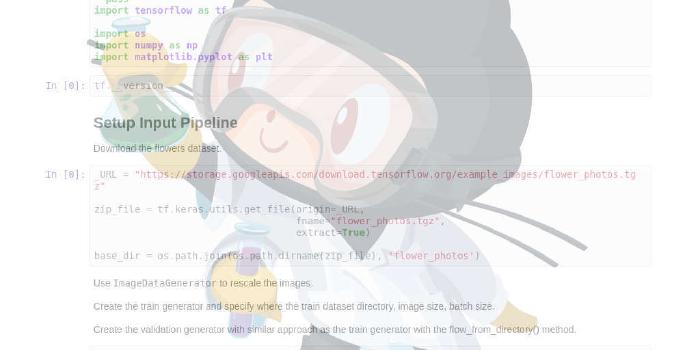taki0112/UGATIT

Official Tensorflow implementation of U-GAT-IT: Unsupervised Generative Attentional Networks with Adaptive Layer-Instance Normalization for Image-to-Image Translation (ICLR 2020)
| repo name | taki0112/UGATIT |
| repo link | https://github.com/taki0112/UGATIT |
| homepage | |
| language | Python |
| size (curr.) | 5835 kB |
| stars (curr.) | 4603 |
| created | 2019-07-26 |
| license | MIT License |
U-GAT-IT — Official TensorFlow Implementation (ICLR 2020)
: Unsupervised Generative Attentional Networks with Adaptive Layer-Instance Normalization for Image-to-Image Translation
Paper | Official Pytorch code
This repository provides the official Tensorflow implementation of the following paper:
U-GAT-IT: Unsupervised Generative Attentional Networks with Adaptive Layer-Instance Normalization for Image-to-Image Translation Junho Kim (NCSOFT), Minjae Kim (NCSOFT), Hyeonwoo Kang (NCSOFT), Kwanghee Lee (Boeing Korea)
Abstract We propose a novel method for unsupervised image-to-image translation, which incorporates a new attention module and a new learnable normalization function in an end-to-end manner. The attention module guides our model to focus on more important regions distinguishing between source and target domains based on the attention map obtained by the auxiliary classifier. Unlike previous attention-based methods which cannot handle the geometric changes between domains, our model can translate both images requiring holistic changes and images requiring large shape changes. Moreover, our new AdaLIN (Adaptive Layer-Instance Normalization) function helps our attention-guided model to flexibly control the amount of change in shape and texture by learned parameters depending on datasets. Experimental results show the superiority of the proposed method compared to the existing state-of-the-art models with a fixed network architecture and hyper-parameters.
Requirements
- python == 3.6
- tensorflow == 1.14
Pretrained model
We released 50 epoch and 100 epoch checkpoints so that people could test more widely.
Dataset
Web page
Telegram Bot
Usage
├── dataset
└── YOUR_DATASET_NAME
├── trainA
├── xxx.jpg (name, format doesn't matter)
├── yyy.png
└── ...
├── trainB
├── zzz.jpg
├── www.png
└── ...
├── testA
├── aaa.jpg
├── bbb.png
└── ...
└── testB
├── ccc.jpg
├── ddd.png
└── ...
Train
> python main.py --dataset selfie2anime
- If the memory of gpu is not sufficient, set
--lightto True- But it may not perform well
- paper version is
--lightto False
Test
> python main.py --dataset selfie2anime --phase test
Architecture
Results
Ablation study
User study
Kernel Inception Distance (KID)
Citation
If you find this code useful for your research, please cite our paper:
@inproceedings{
Kim2020U-GAT-IT:,
title={U-GAT-IT: Unsupervised Generative Attentional Networks with Adaptive Layer-Instance Normalization for Image-to-Image Translation},
author={Junho Kim and Minjae Kim and Hyeonwoo Kang and Kwang Hee Lee},
booktitle={International Conference on Learning Representations},
year={2020},
url={https://openreview.net/forum?id=BJlZ5ySKPH}
}
Author
Junho Kim, Minjae Kim, Hyeonwoo Kang, Kwanghee Lee




